The Radio Plasma Imager
Link: The Radio Plasma Imager Image (Thumbnail): Research Category: Magnetospheric Dynamics
A page with a moderately-sized synopsis of a topic of research studied by the VLF group. HTML is entered in the body of the page.
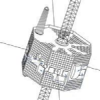
Link: The Radio Plasma Imager Image (Thumbnail): Research Category: Magnetospheric Dynamics
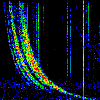
Link: The History of Very Low Frequency (VLF) Radio Research at Stanford Image (Thumbnail): Author: Donald Carpenter Research Category: Introduction
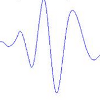
A Radio Atmospheric signal or Sferic is a broadband electromagnetic impulse that generated by lightning discharges. The bulk of its energy concentrates within the ELF and VLF bands. For electromagnetic wave components in these frequency bands, both the D region of the ionosphere and ground are very good conductors. Consequently, the ionosphere and ground forms a waveguide and sferics may propagate from their lightning source without major attenuation in the waveguide for very long distances.

The Stanford VLF Group studies a number of science questions related to the occurrence and propagation of very low frequency (VLF) radio waves in the Earth’s low altitude (0-1000 km) and high altitude (1000-100,000 km) environment.
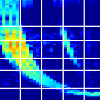
The satellite TARANIS (Tool for the Analysis of RAdiation from LightNIng and Sprites) is a project by the French space agency Centre National d’Études Spatiales (CNÉS) to study a number of lightning related phenomena, including:
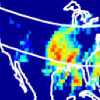
PIPER
– A photometer designed and built by students to image LEP and Transient Luminous Events (TLEs).
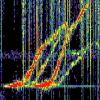
The first VLF “triggered emissions” were recorded in November 1959 by the Stanford International Geophysical Year VLF receiver located in Wellington, New Zealand [Helliwell et al., 1964]. The transmitter was the US Navy VLF transmitter NPG, located in Jim Creek, Washington. The transmission was an 18.6 kHz pulse which consequently triggered weak, rising frequency tones [Gibby, 2008]. A sample spectrogram of a rising frequency tone is shown in Figure 1.
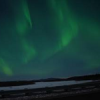
ELF/VLF stands for Extremely Low Frequency and Very Low Frequency, and refers to the range 300 Hz to 30 kHz. We’re talking about radio waves, like the AM/FM signals you get, just at an even lower frequency.
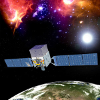
Cosmic gamma-ray bursts (GRBs) are bursts of energetic gamma radiation produced by the violent explosions of distant stars. There is a huge amount of interesting astrophysics involved that is far beyond the scope of this document.
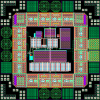
Stanford VLF research is primarily interested in signals with frequencies in the range of 300Hz to 30kHz. This spectrum includes man-made navigation signals, as well as natural phenomenon such as sferics and whistlers, which are generated by lightning. Off the shelf electronics are not well suited to capture these signals, so the Stanford VLF group has developed it’s own specialized receiver systems. These systems consist of an analog front-end, analog to digital converters, and data storage.